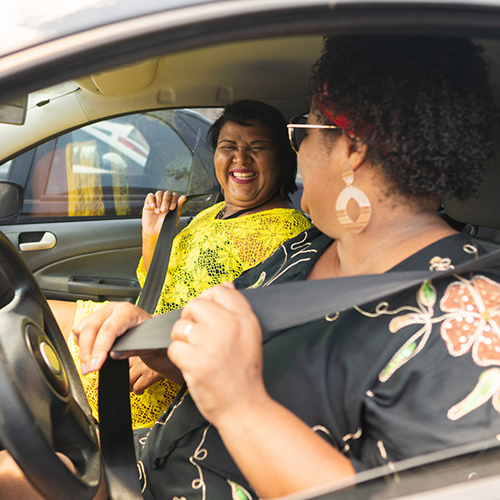6 Ways to Prevent a Brain Injury

March is Brain Injury Awareness Month. According to the Brain Injury Association of America, 1.4 million Americans sustain a brain injury each year. Deaths from head injuries account for 34% of all traumatic deaths, and approximately 5.3 million people in the U.S. live with a disability caused by TBI.
Read below for 6 ways to prevent a brain injury and add any other tips you can think of to the comments!
- Wear a seat belt in a moving vehicle and make sure small children are properly buckled into an age-appropriate seat.
FACT: Seat belts saved an estimated 12,584 vehicle passenger lives ages 5 and older. - Don't drive while under the influence of alcohol or drugs, including prescription medications that may impair your driving skills.
FACT: Motor vehicle accidents are the number one cause of traumatic brain injury. - Wear a safety helmet while engaged in activities such as biking, contact sports, skating, horse riding, and skiing.
FACT: 21% of all traumatic brain injuries among U.S. children and adolescents are contributed to by sports and recreational activities. - Avoid falling in or around your home by using a step stool with a grab bar, placing safety gates at the top and bottom of stairs, and using non-slip mats in the shower or bathtub.
FACT: 35% of brain injuries are caused by falls, the leading cause of brain injuries among the elderly. - Install window guards to prevent children from falling out of windows.
FACT: Nearly 15,000 children are injured and 15–20 children are killed each year in the U.S. due to falls from windows. - Be sure that playground surfaces are made of shock-absorbing material such as rubber, turf, or engineered wood fiber, not dirt or grass.
FACT: 16,000 children suffer playground-related traumatic brain injuries each year.
It is critical to know the symptoms of a brain injury so it can be treated immediately. Click here for more information on brain injuries.



